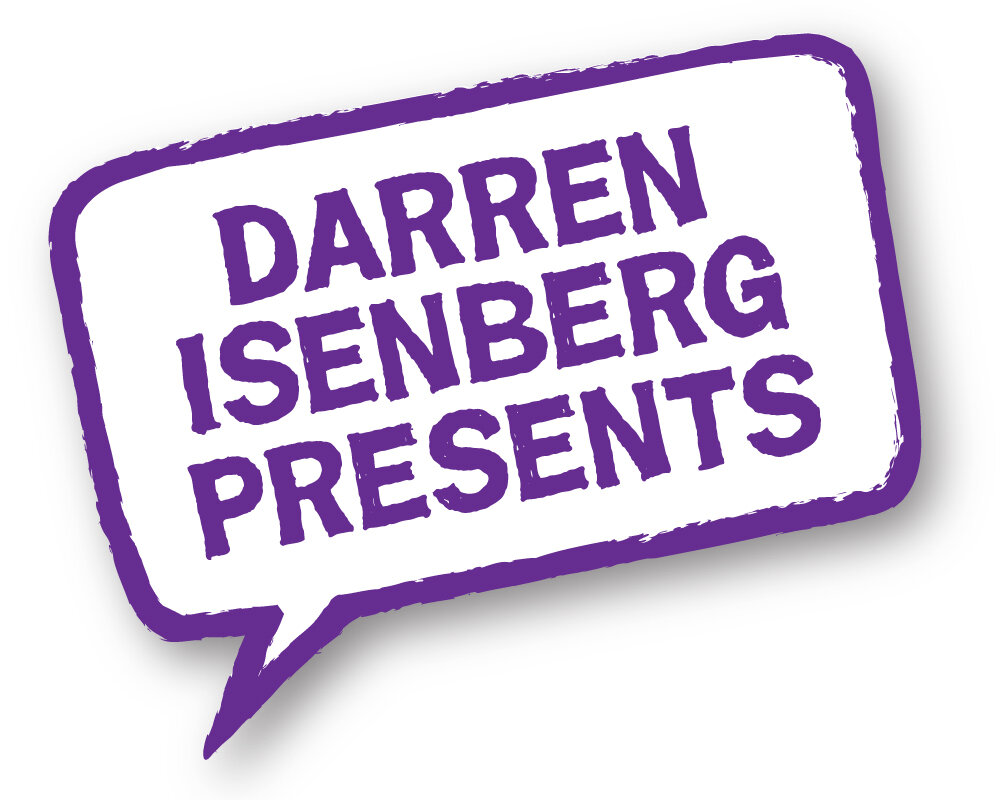LESSON 6: HOW TO GET THE BEST AUDIENCE REACTION
Nowadays, if you’re presenting at an online event, you generally don’t get to see or hear any audience reaction. There may be laughter, applause, other signs of appreciation … but you just won’t know.
Some people find this a bit off-putting. Certainly, for someone who uses humour as a tactic in their presentation, I find the lack of laughter is a shame. Laughter, to me, is a genuine sign from your audience that they are listening and understanding
I miss it.
Applause is nice, too. But it is not as genuine a reaction as laughter. Applause is as much a tradition as it is a reaction, so a speraker shouldn’t place too much value on it. You may be surprised to find out what percentage of an audience’s applause at the end of a presentation is simply because it IS the end of a presentation.
You can be dull … ineffective … and still get applause. So it’s not the be all and end all of a presentation.
No … the BEST reaction to a presentation is beautifully demonstrated by the baby in the GIF above.
It’s the DELIGHTED SENSATION of “My God!!! I am now capable of something I was NOT a short while ago!!!”
THAT is the outcome every presenter should be aiming for.
So, have a look through that presentation you are currently preparing. Or the one you last delivered. Where do you think you delighted your audience? Or got them excited about something you were sharing with them?
Did you think they would be delighted by you putting a list of five bullet points on a PowerPoint slide? Or by that busy graph? Or by you reading to them a paragraph from a report?
I’m not saying you SHOULDN’T do any of those things … but, on their own, they don’t excite. They don’t ignite. And they certainly don’t invite insight, alright?
Okay. I’ll put my Rhyming Dictionary away.
What is needed from you is to be an ACTIVE BRIDGE between your information and your audience. That requires you to do something extra that makes your audience care not only about WHAT you are saying, but also about WHY you are saying it.
Here’s a few easy ways you can make your audience care about your content:
SUPPLY THE WHY:
You need to make it clear to your audience why THEY (and possibly others) will benefit from learning what you are sharing … but those reasons MUST be OVER and ABOVE “Because Someone Said You Need To Know It”.
There must be a benefit you can outline. An improvement you can explain. An example from the real world that shows how knowing this information makes a real difference.
If you can do this, you elevate your information from being mere ‘words’ .They become actions and outcomes in the real world.
PUT EMOTIONS IN MOTION:
People only care about something they have some form of emotional connection to. And it doesn’t particularly matter if that emotion is negative or positive. Everyone knows that if you are feeling passionate about a point being discussed, you will be more focused … but if you are scared or worried or angry about something, your focus will also intensify.
The important thing is that, when your audience is provided with an opportunity to feel an emotion about your content, it gives your information a purpose.
How do you inject emotion into your presentation?
- Use words that paint pictures and provide extra imagery. Think adjectives and adverbs.
- Vary your tone. It’s okay to speak on stage to people a little more vibrantly than you would speak to people off stage.
- Tell a story, give an example, or offer some other way of relating your information to your audience’s real world.
- Actually tell people what emotion they should be feeling: ie: “And if this doesn’t get you angry I’m not sure anything will”.
PARTICIPATION
The most powerful way you can reach your audience is by getting them to do stuff.
If you can teach them an actual skill, that they get to try out during your presentation, that’s excellent! For example, if you are talking to a group about how a particular website will enable them to do something amazing … tell them to go there while you’re speaking. You can talk them through it for a couple of minutes in real time. Awesome!
If the actual skills you are wanting to teach are too complex to be performed, try find a small activity that illustrates a concept. For example, if you are talking about a process that is being changed, to illustrate how we are creatures of habit, and even small changes feel uncomfortable, get your audience to sit with their legs crossed at the knee, then switch which leg goes on top. Everyone has a regular leg they put on top, and when they reverse it, it feels surprisingly weird. But only at first.
LOOK LIKE YOU ARE ENJOYING AND ARE INTERESTED
If YOU don’t look like you’re enjoying your information, that you care about your information, then what chance do you have of getting your audience to care. So look like you’re enjoying yourslef … tell them how much you love what you’re talking about.
You’re not only a presenter while you are talking, but you are an influencer, as well.
IN CONCLUSION:
Audiences aren’t guaranteed to learn what you’ve said in your presentation simply because you are there, speaking to them. Go through your presentation during the latter stages of your preparation and ensure you’ve inserted a good number of moments in which you are making them REALLY CARE about your content.
Enjoy your presenting!

